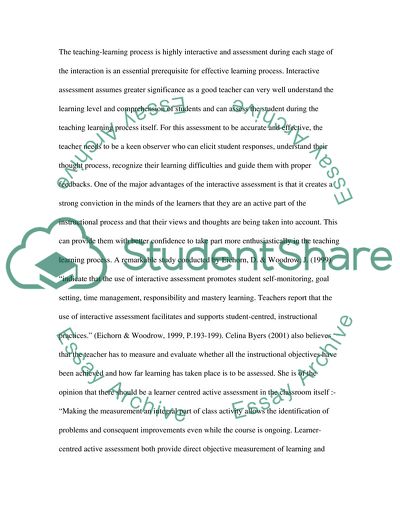Cite this document
(Best Practices Adopted in the Secondary Schools Essay, n.d.)
Best Practices Adopted in the Secondary Schools Essay. https://studentshare.org/education/1714197-critical-analysis-of-the-best-assessment-strategies-in-secondary-schools
Best Practices Adopted in the Secondary Schools Essay. https://studentshare.org/education/1714197-critical-analysis-of-the-best-assessment-strategies-in-secondary-schools
(Best Practices Adopted in the Secondary Schools Essay)
Best Practices Adopted in the Secondary Schools Essay. https://studentshare.org/education/1714197-critical-analysis-of-the-best-assessment-strategies-in-secondary-schools.
Best Practices Adopted in the Secondary Schools Essay. https://studentshare.org/education/1714197-critical-analysis-of-the-best-assessment-strategies-in-secondary-schools.
“Best Practices Adopted in the Secondary Schools Essay”. https://studentshare.org/education/1714197-critical-analysis-of-the-best-assessment-strategies-in-secondary-schools.


